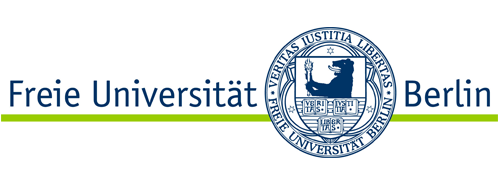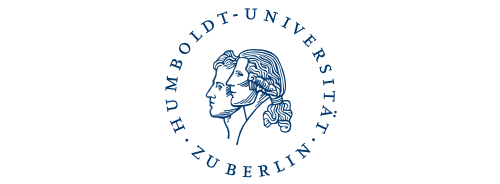Exhibiting Animals. Decentering the Human in Art and Curating (Jessica Ullrich)
Art exhibitions are ideal playing fields for utopian experiments that can open pathways to a radical reorganization of the world. This can be, for example, a world in which the normative boundary between humans and other animals has been dissolved.
I will discuss two different artistic and curatorial strategies to decenter the human and focus on the agency of other animals. On the one hand I will introduce exhibition projects that try to narrate the history of other animals from their own perspective, on the other hand I will reflect on art exhibitions that acknowledge the artistic agency of nonhuman animals by introducing them as creators or co-creators of artworks:
Speculative museum concepts present the problematic human-animal relations of the past and at the same time project a better world into a future in which human-animal relationships are no longer violent. Furthermore, in storytelling ways, they insist on the historical and biographical agency of nonhuman animals.
Emancipatory exhibition projects recognize animal artistic agency and challenge the traditional notion of art. In art history the very concept of art is grounded in notions of human exceptionalism: At least in traditional Western aesthetics non-human animals are generally considered to be artless beings without any urge or capacity to create aesthetic objects. To the contrary, the ability and the need to produce art is often perceived as one of the last thresholds of humanity in an age where most other claims for anthropological difference like language, consciousness, morals, empathy, culture, etc. have been given up. But as the difference between humans and other animals is getting more and more blurred in the theoretical framework of critical posthumanism and animal studies, it becomes at least imaginable that nonhuman animals can engage in aesthetic and artistic practices.
Both approaches – the conceptualizing of museums for animal histories as well as the drafting of exhibitions for animal art - question the hierarchies between humans and other animals and take the nonhuman animal’s worldview into account. The human artists become either the curators for nonhuman animal’s stories and histories or the curators for nonhuman animal’s creative products; in either case, the notion of care for the nonhuman is key (alluding to the etymological origin of ‘curating’). And in both instances of post-anthropocentric curating, the artists ask for the acknowledgment and appreciation of the world-forming capacities of other animals.




